
Night Swarm throws you into the fangs of power as a fledgling Vampire Lord in a roguelite bullet‑heaven where every run feels consequential. Combat plays like a brutal ballet of strafes, well‑timed evades, and devastating companion abilities as waves of werewolf hordes close in from all sides. Between fights you scavenge gold and resources, return to a growing castle hub, and spend your spoils on new companions, talent upgrades, and cursed Totems that fundamentally reforge each run’s possibilities. The result is a relentless loop of escalation: small victories snowball into new tools, new horrors demand new tactics, and each death teaches you how to carve a darker legacy.
What you do and why it feels good
• Survive the swarm: Combat is relentless and deeply satisfying: waves of corrupted werebeasts force constant repositioning, precision dodges, and smart ability use. Encounters reward spatial awareness and cooldown planning; interrupt, kite, and punish openings rather than button‑mashing through chaos.
• Build between runs: The castle is a meaningful hub economy; shops, talent trees, crafting benches, and persistent upgrades let you turn short‑term loot into long‑term power. Each investment reshapes future runs, encouraging deliberate progression and different strategic arcs rather than repeating the same loop.
• Command loyal allies: Companions are full characters, each with a redesigned, unique skill that meaningfully interacts with your build. Their abilities create new synergies, open combo windows, and let you lean into distinct playstyles; from swarm control and support zoning to explosive offensive pairings.
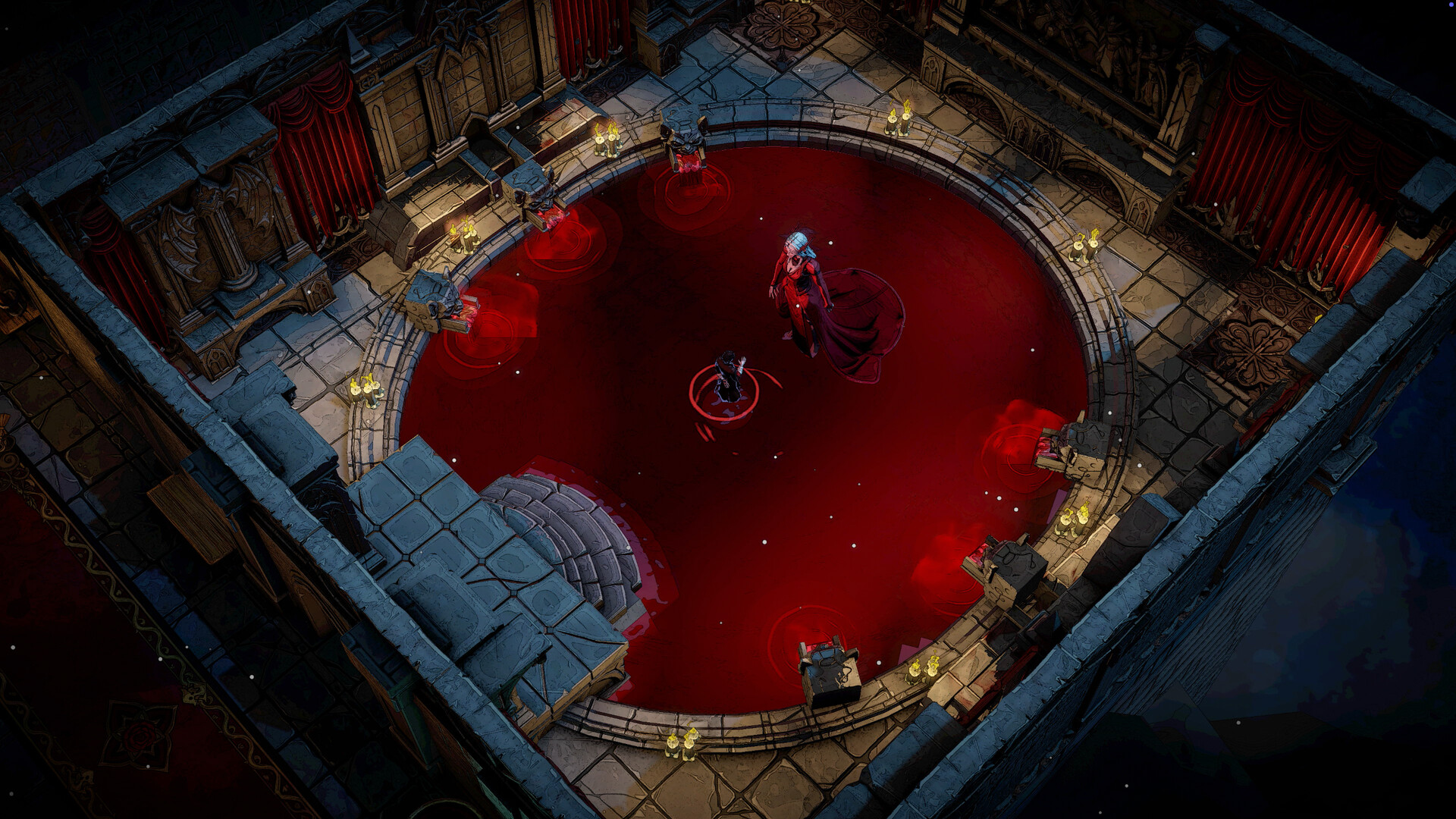
Core systems explained
• Totems and Tepesh’s power: Totems let you sacrifice gold for potent mid‑run boons, rare scrolls, or branching customization options. Each Totem functions as a fulcrum: the choice you awaken can flip a run from steady to insane, opening new synergies, gating elite paths, or unlocking unexpected power spikes that force you to rethink your route on the fly.
• Tepesh’s Journals and meta progression: Tepesh’s Journals form a rewarding meta layer; pages unlocked across runs grant permanent skills, artifacts, and narrative fragments that gradually reveal lore while widening build options. This steady, tangible progression ensures every attempt feels like forward momentum rather than pure repetition.
• Companion overhaul that matters: Companions are no longer passive stat bumps. Each ally now brings a distinct active skill or transformative effect that reshapes encounters; crowd control, on‑demand burst, persistent auras, or combo triggers. Their designs encourage intentional pairing with your build, turning companions into strategic partners rather than background noise.
• Relics, Shadow Silk, and the weaving system: Arachne’s Shadow Silk and the item‑weaving mechanic link challenge to reward; higher difficulty and rarer challenges yield more Shadow Silk, which Arachne spins into gear with game‑changing properties. Relics and woven equipment let you pivot your playstyle mid‑run, trade survivability for power, or unlock radical synergies that make each run feel mechanically fresh.
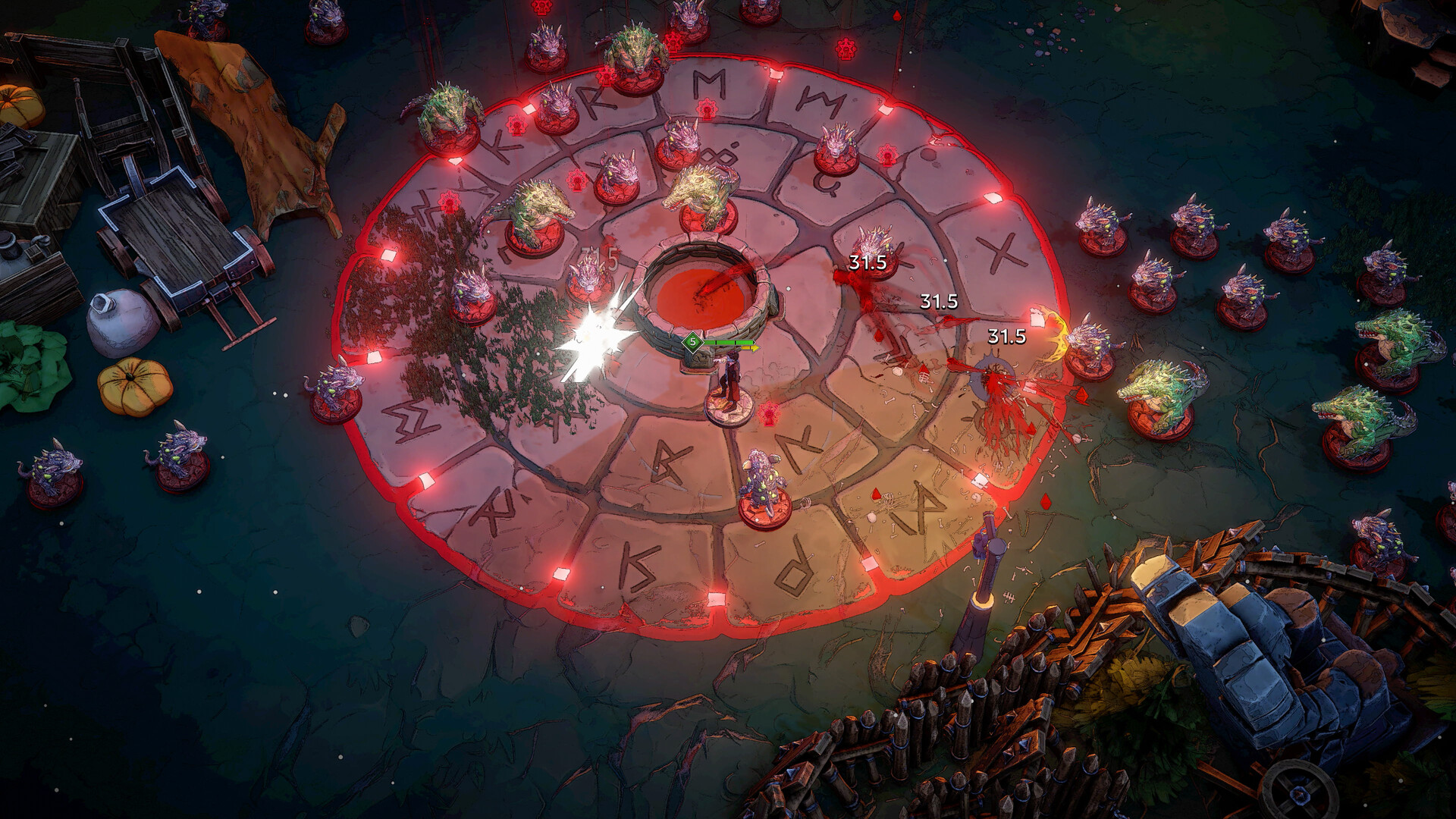
Environments and encounter variety
• Biomes that change how you play: Each new region introduces mechanical systems, not just visual variation; forests hide spreading poison zones that punish careless routing; frozen wastes demand cold/warmth management and deliberate pacing; deserts throw sandstorms and tunneling sand worms into the equation. These hazards force real tactical choices about routing, resource use, and which upgrades to pursue.
• Enemies tuned to their home turf: Each biome brings a bespoke roster of foes; unique elites with synergies tied to local hazards and bosses that exploit the environment as much as your weaknesses. Progression feels layered and varied because a tactic that works in one region can fail spectacularly in the next.
• Dynamic encounter design: Environmental effects interact with abilities and companions in meaningful ways, producing emergent moments; clutch dodges across a poisonous patch, kiting a worm through a sandstorm, or using warmth mechanics to bait an elite into vulnerability.
• Eyles as a running threat: Lord Eyles isn’t just an endgame target; his influence permeates the campaign. Curses and battlefield‑level modifiers tied to Eyles gradually escalate the challenge and narrative stakes, warping encounters and testing whether your growing power can withstand a will that reshapes the night itself.
• Strategic payoff: Together, biome systems, tailored enemies, and Eyles’ creeping curse reward adaptability and planning. The world stops being a backdrop and becomes an active opponent, so success depends as much on route selection and build design as on mechanical execution.
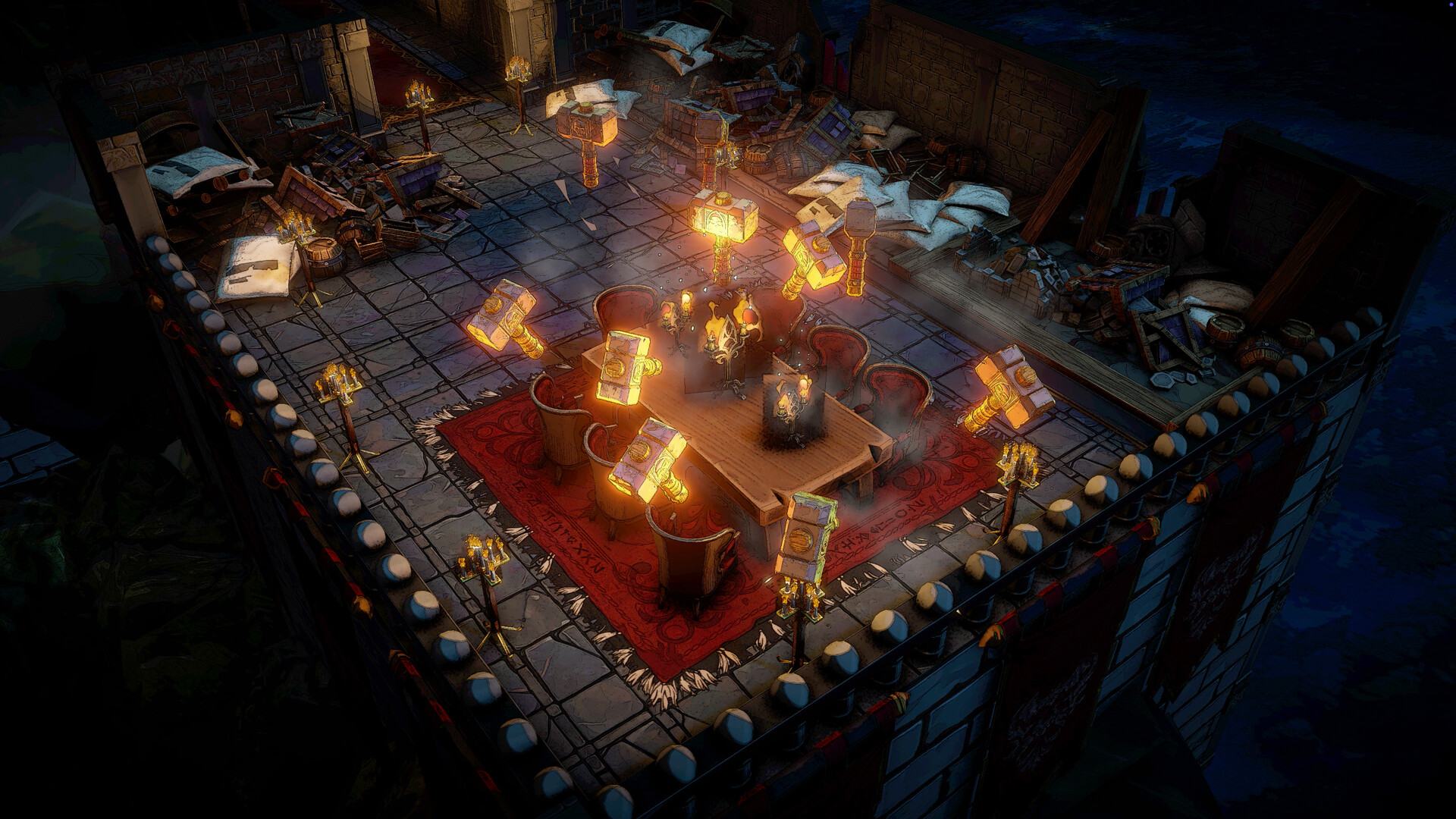
Bosses and combat pacing
• Colossal set‑pieces: Boss encounters are crafted as cinematic, multi‑stage spectacles that demand more than raw damage; they test build composition, spatial control, reaction timing, and the ability to pivot when phases reshuffle the rules of engagement.
• Tactical phase design: Each phase introduces new attack patterns, arena hazards, or shifting objectives that force you to read tells, exploit brief windows, and manage resources across a longer fight rather than trading blows until one side breaks.
• Corrupted Vampire Duels: The revamped 1v1 duels are tense, knife‑edge contests: improved telegraphs, counterplay options, and pacing make these fights feel like true showdowns where timing, baiting, and read‑based punishes matter as much as raw power.
• Companion and environment interplay: Bosses aren’t isolated puzzles; companion abilities, Totem choices, and biome hazards can create explosive synergies or crippling liabilities, turning each encounter into a layered tactical tableau.
• Endurance and score modes: The Endless Blood Stone Challenge and similar modes shift focus from progression to mastery, rewarding optimized builds, resource cycling, and endurance with escalating difficulty and leaderboard incentives.
• Meaningful rewards for mastery: Overcoming these tests yields not just cosmetic bragging rights but tangible progression; rarer Shadow Silk, stronger relics, and unlocks that expand build variety and replay hooks.

Castle life, NPCs, and storytelling
• A living stronghold: The castle functions as more than a menu; it’s a character in its own right. Mr. Selim reshapes halls and unlocks functional rooms, Arachne spins Shadow Silk into gear that reorients your toolkit, and Lady Corvus teases forbidden blood magics that change how you approach power. Each NPC leaves a tangible mark on the fortress and your playstyle.
• Narrative earned through progression: Story unfolds through missions, Tepesh’s journals, and scattered fragments rather than long expository dumps. Upgrades and discoveries pull aside the curtain in increments, so mechanical advancement and lore revelation feel inseparable; powering up the castle literally reveals more of the story.
• Characters that matter to the grind: New NPCs aren’t filler; they provide hooks, quests, and services that reframe progression as a personal rise to power. Their voices, motivations, and small questlines make upgrades feel emotionally invested rather than purely transactional.
• Homebase systems with stakes: Room builds, crafted equipment, and companion interactions create decisions that carry weight between runs. Choosing which wing to restore or which NPC to favor changes available upgrades, unlocks new missions, and shapes your strategic options on the next outing.
• Replayable social texture: Repeated runs reveal different NPC reactions, new dialogue beats, and hidden interactions, turning the castle into a place you return to not just for numbers, but for evolving relationships and emergent story moments.
Presentation, polish, and performance
• Polish strides that matter: Recent patches deliver meaningful stability and balance work: smoother frame rates, fewer hitches, and targeted enemy tuning so fights feel more consistent and deliberate rather than jittery or unfair.
• Audio and aesthetic cohesion: A moody, gothic soundtrack and textured sound design (ambience, impact FX, companion cues) pair with a cohesive visual identity to make each biome and boss feel like a chapter in the same dark tale. The result is an atmosphere that amplifies tension and makes small moments resonate.
• Responsive quality‑of‑life updates: The devs are iterating on core friction points; companion reworks, expanded skill slots for key characters, and combat pacing tweaks that reduce downtime between critical moments and improve flow.
• Polish where it improves gameplay: Performance fixes are complemented by UX touches; clearer telegraphs, more predictable enemy behaviours, and tightened input responsiveness; so player skill, not technical quirks, determines success.
• Ongoing responsiveness: The update cadence shows a team listening: changes prioritize player feedback and strike a balance between preserving challenge and smoothing needless friction, which bodes well for continued tuning through launch and beyond.
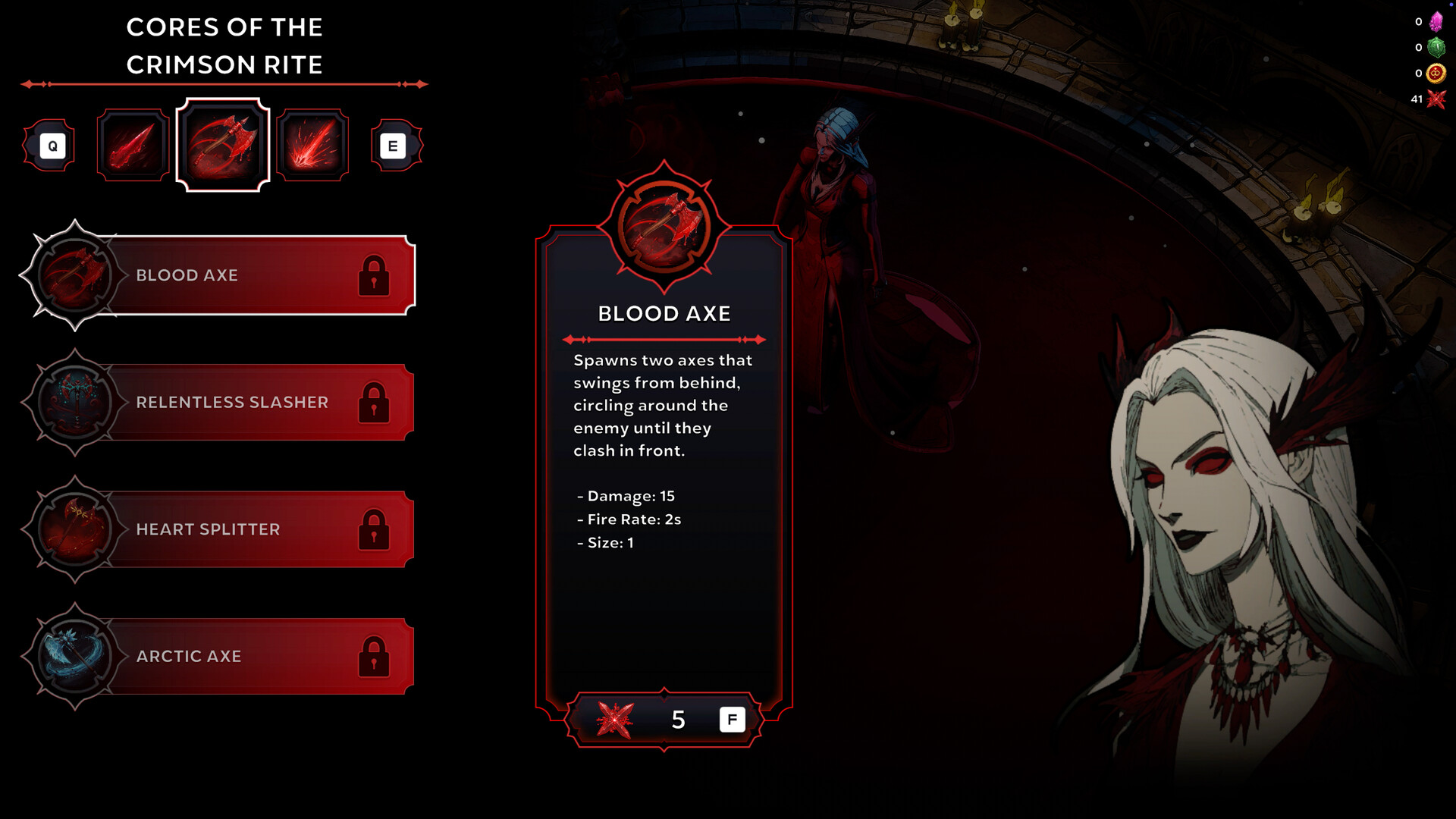
Roadmap and what to expect
• Substantial demo content already live: The demo update adds Totems of Tepesh, biome‑specific mechanics, new boss encounters, and broader progression systems to preview core late‑game goals before the December launch.
• Near‑term promises: More boss variants and encounter permutations to keep fights unpredictable. Deeper Totem systems with branching awakenings and stronger mid‑run choices. Additional relics, crafted gear, and rare Shadow Silk outputs to widen build diversity.
• Post‑launch trajectory: Iterative balance passes focused on encounter tuning, companion synergies, and difficulty smoothing. Ongoing QoL improvements (dialogue pacing, tracking, and performance) rolled out in response to player reports. New NPC content and small narrative expansions that flesh out the castle and its politics.
• Community‑driven cadence: Regular hotfixes and larger content drops guided by player feedback, telemetry, and demo learnings. Opportunities for players to test changes via extended demos, public playtests, and developer streams.
• What to watch for next: Expanded Totem interactions and Tepesh Journal unlocks that reshape long‑term progression. Additional biome hazards and boss mechanics that change routing strategy. Leaderboard and challenge mode updates for Endless Blood Stone and other mastery tracks.
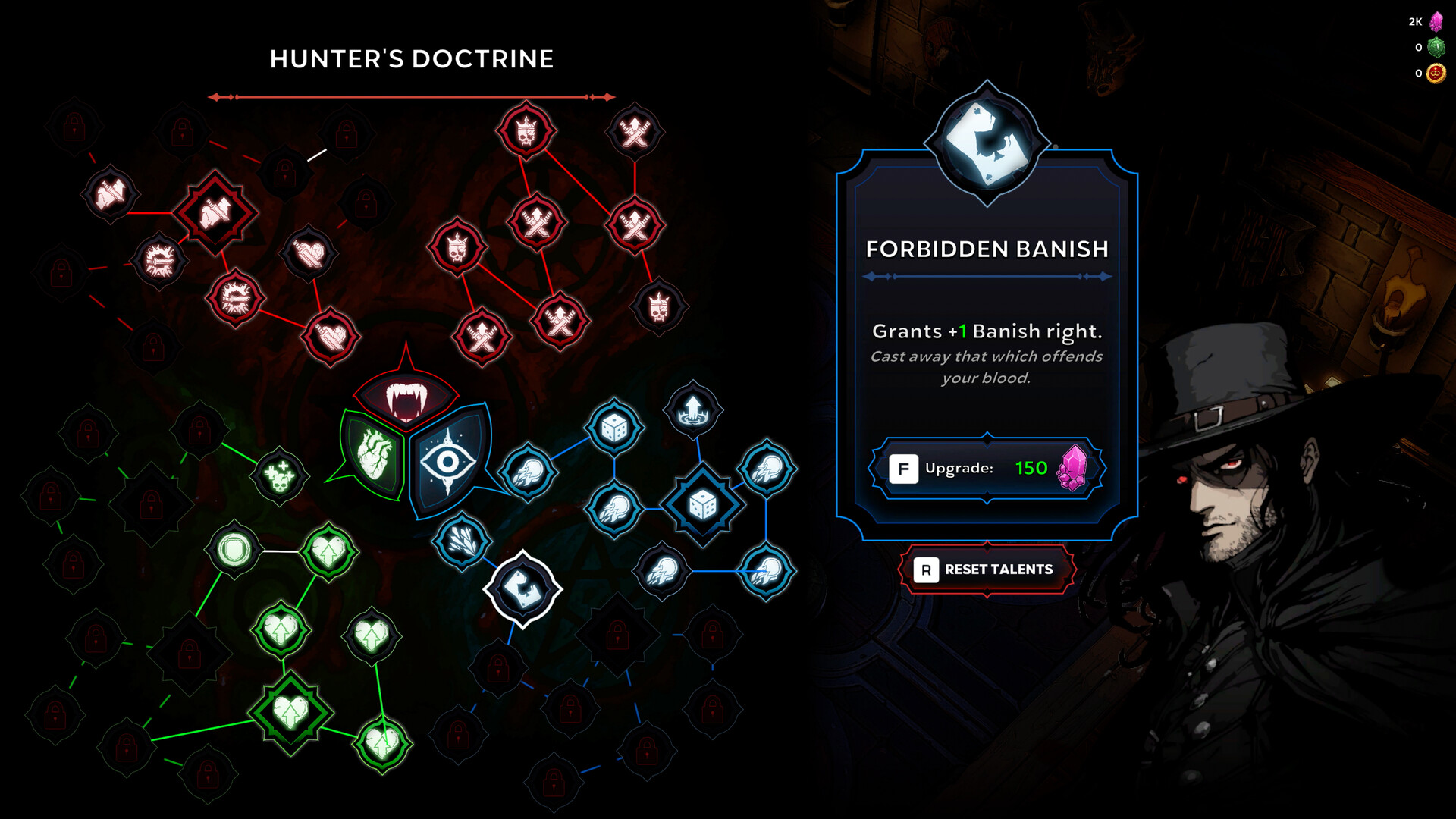
Final Verdict
Night Swarm is a kinetic, systems‑first roguelite that rewards curiosity and adaptation. Its standout strengths are clear: companions that act as true mechanical partners, biomes that change the rules of engagement rather than just the palette, and a meta loop that makes each run feel like meaningful forward progress. Recent demo updates broaden build options and introduce hazards and Totem choices that deepen tactical decision‑making, making now a great time to jump in and experiment.
If you relish punishing, skill‑based action loops wrapped in a darkly theatrical aesthetic and enjoy iterating on long‑term progression, Night Swarm is a compelling watchlist pick. If you prefer calmer, more measured advancement, sample the demo first or wait for further difficulty/QoL tuning; but for players who love refining emergent vampire builds and mastering escalating challenges, this game offers a rich, evolving playground.
Watch and Wishlist
• Why wishlist: Major demo updates have meaningfully shifted systems (Totems, biome mechanics, companion reworks). Wishlisting ensures you’re notified about demos, balance patches, and the December launch so you can jump in when changes land.
• Wishlist now: Buy after a major balance/QoL patch or a seasonal sale if you prefer a smoother experience.
• Buy at launch if you want to support the devs and play fresh content immediately, and you tolerate early rough edges.
• Platforms to track: PC (Steam demo and full release first); watch for console port announcements for PlayStation, Xbox, and Switch.
• How to stay informed: Wishlist on Steam, follow the developer on social channels and Discord, and tune into developer streams and patch notes for timing and deep dives.
• Quick recommendation: Add Night Swarm to your wishlist and try the demo after each major update; jump in post‑patch if you prioritize tuned difficulty and smoother UX, or pick it up at launch if you enjoy active early access support and evolving systems.
Key Takeaways
• Systems‑first roguelite: Night Swarm centers on layering mechanics (Totems, Journals, companions) so choices across runs reshape play rather than repeating the same loop.
• Combat demands and rewards: Fast, dodge‑heavy encounters and multi‑stage bosses reward pattern reading, positioning, and smart cooldown management.
• Meaningful companions: Allies now offer unique active skills that create real synergies and change how builds function in combat.
• Biomes change gameplay: Environmental mechanics (poison, cold/warmth, sandstorms, sand worms) force route planning and adaptivity, not just visual variety.
• Totems and mid‑run pivots: Totems of Tepesh act as powerful fulcrums that can dramatically redirect a run’s trajectory when you spend gold to awaken them.
• Meta progression that sticks: Tepesh’s Journals, relics, and Shadow Silk weaving give persistent unlocks and equipment that make each attempt feel like forward progress.
• Evolving challenge and content cadence: Recent demo updates add bosses, hazards, and progression; expect iterative balance, QoL fixes, and new variants post‑launch.
• Who should play: Ideal for players who love punishing, experimental action loops and deep meta systems; players who prefer gentler pacing should try the demo first.
Game Information:
Developer & Publisher: Fubu Games
Platforms: PC (reviewed)
Release Date: December 4, 2025
Score: 8.0 / 10
Night Swarm earns an 8.0 for blending razor‑sharp roguelite systems with a charismatic, living hub. Its combat loop is tense and skillful, companions and Totems create compelling build variety, and biome mechanics add real tactical weight. Small polish and pacing issues, plus a handful of QoL and difficulty options still needed, keep it from a higher score; but what’s here is confident, fun, and full of potential.